BYD Tang vs NIO ET7 – Which one offers the better deal?
Compare performance, boot capacity, efficiency and price at a glance.
Find out which car is the better choice for you – BYD Tang or NIO ET7?
Costs and Efficiency:
When it comes to price and running costs, the biggest differences usually appear. This is often where you see which car fits your budget better in the long run.
NIO ET7 has a hardly perceptible advantage in terms of price – it starts at 59900 £, while the BYD Tang costs 64300 £. That’s a price difference of around 4371 £.
In terms of energy consumption, the advantage goes to the NIO ET7: with 19 kWh per 100 km, it’s distinct more efficient than the BYD Tang with 24 kWh. That’s a difference of about 5 kWh.
As for range, the NIO ET7 performs slight better – achieving up to 584 km, about 54 km more than the BYD Tang.
Engine and Performance:
Power, torque and acceleration are the classic benchmarks for car enthusiasts – and here, some clear differences start to show.
When it comes to engine power, the NIO ET7 has a distinct edge – offering 653 HP compared to 517 HP. That’s roughly 136 HP more horsepower.
In acceleration from 0 to 100 km/h, the NIO ET7 is clearly perceptible quicker – completing the sprint in 3.80 s, while the BYD Tang takes 4.90 s. That’s about 1.10 s faster.
In terms of top speed, the NIO ET7 performs slight better – reaching 200 km/h, while the BYD Tang tops out at 190 km/h. The difference is around 10 km/h.
There’s also a difference in torque: NIO ET7 pulls to a small extent stronger with 850 Nm compared to 680 Nm. That’s about 170 Nm difference.
Space and Everyday Use:
Beyond pure performance, interior space and usability matter most in daily life. This is where you see which car is more practical and versatile.
Seats: BYD Tang offers clearly perceptible more seating capacity – 7 vs 5.
In curb weight, NIO ET7 is hardly perceptible lighter – 2434 kg compared to 2630 kg. The difference is around 196 kg.
In terms of boot space, the NIO ET7 offers distinct more room – 363 L compared to 235 L. That’s a difference of about 128 L.
When it comes to payload, BYD Tang slightly takes the win – 575 kg compared to 466 kg. That’s a difference of about 109 kg.
Who comes out on top?
Overall, the NIO ET7 shows itself to be outperforms in nearly all aspects and secures the title of DriveDuel Champion.
It convinces with the more balanced overall package and proves to be the more versatile choice for everyday use.
 @ NIO Inc.
@ NIO Inc.
NIO ET7
BYD Tang
The BYD Tang represents a bold entry into the competitive SUV market, blending cutting-edge technology with modern design aesthetics. Its spacious interior is complemented by high-quality materials and innovative features, making it a strong contender for families and tech enthusiasts alike. With an emphasis on sustainability, the Tang offers an eco-friendly driving experience without compromising on performance or luxury.
details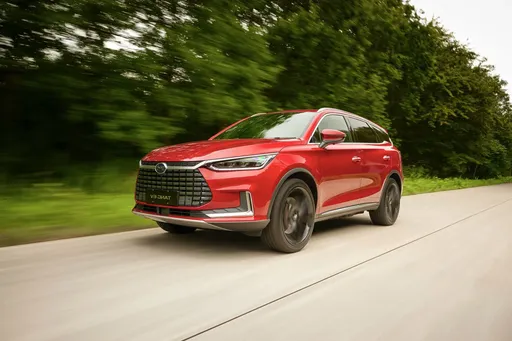 @ BYD Auto / BYD Global Media
@ BYD Auto / BYD Global Media
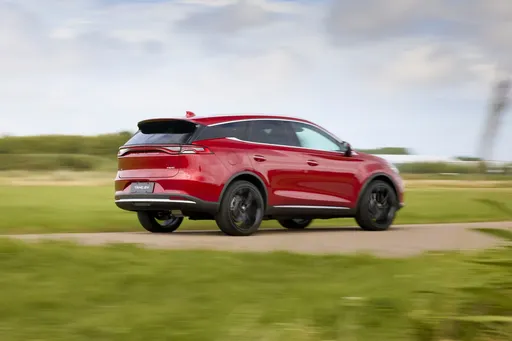 @ BYD Auto / BYD Global Media
@ BYD Auto / BYD Global Media
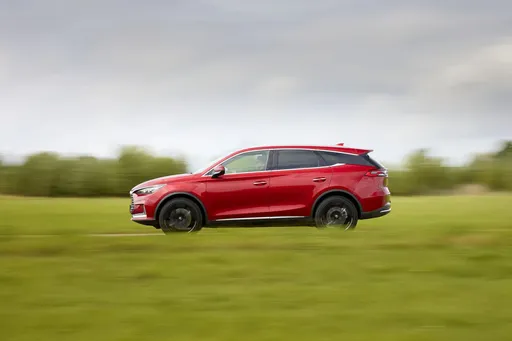 @ BYD Auto / BYD Global Media
@ BYD Auto / BYD Global Media
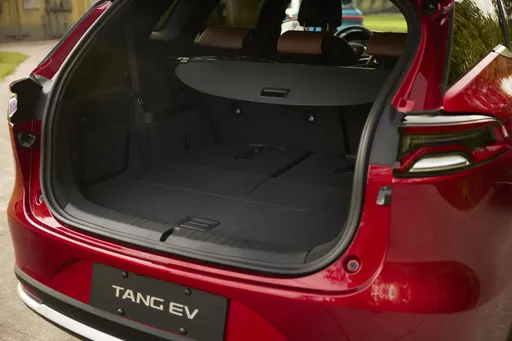 @ BYD Auto / BYD Global Media
@ BYD Auto / BYD Global Media
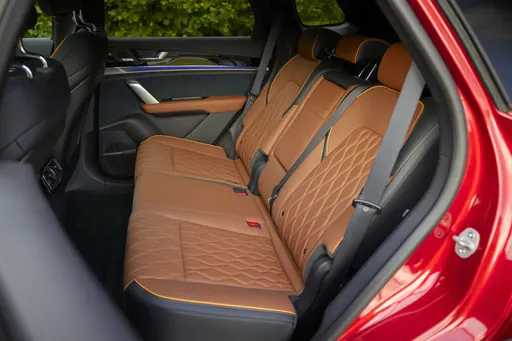 @ BYD Auto / BYD Global Media
@ BYD Auto / BYD Global Media
NIO ET7
The ET7, NIO's premium electric sedan, combines cutting-edge technology with luxurious comfort to create a remarkable driving experience. Its sleek design is not only visually captivating but also enhances aerodynamic efficiency, contributing to its impressive performance. With a focus on sustainability, the ET7 promises to redefine the landscape of electric mobility with its innovative features and environmentally-friendly credentials.
details @ NIO Inc.
@ NIO Inc.
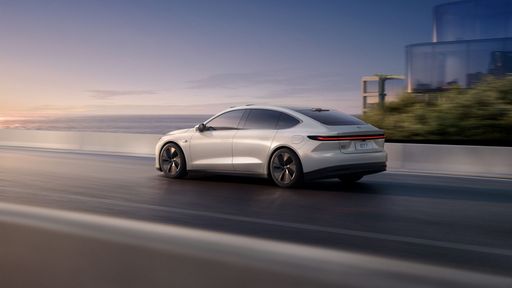 @ NIO Inc.
@ NIO Inc.
 @ NIO Inc.
@ NIO Inc.
 @ BYD Auto / BYD Global Media
@ BYD Auto / BYD Global Media
|
 @ NIO Inc.
@ NIO Inc.
|
|
|
|
Costs and Consumption |
|
|---|---|
|
Price
64300 £
|
Price
59900 - 68900 £
|
|
Consumption L/100km
-
|
Consumption L/100km
-
|
|
Consumption kWh/100km
24 kWh
|
Consumption kWh/100km
19 - 19.3 kWh
|
|
Electric Range
530 km
|
Electric Range
451 - 584 km
|
|
Battery Capacity
-
|
Battery Capacity
73.5 - 90 kWh
|
|
co2
0 g/km
|
co2
0 g/km
|
|
Fuel tank capacity
-
|
Fuel tank capacity
-
|
Dimensions and Body |
|
|---|---|
|
Body Type
SUV
|
Body Type
Sedan
|
|
Seats
7
|
Seats
5
|
|
Doors
5
|
Doors
4
|
|
Curb weight
2630 kg
|
Curb weight
2434 - 2454 kg
|
|
Trunk capacity
235 L
|
Trunk capacity
363 L
|
|
Length
4970 mm
|
Length
5101 mm
|
|
Width
1955 mm
|
Width
1987 mm
|
|
Height
1745 mm
|
Height
1509 mm
|
|
Max trunk capacity
1655 L
|
Max trunk capacity
-
|
|
Payload
575 kg
|
Payload
446 - 466 kg
|
Engine and Performance |
|
|---|---|
|
Engine Type
Electric
|
Engine Type
Electric
|
|
Transmission
Automatic
|
Transmission
Automatic
|
|
Transmission Detail
Reduction Gearbox
|
Transmission Detail
Reduction Gearbox
|
|
Drive Type
All-Wheel Drive
|
Drive Type
All-Wheel Drive
|
|
Power HP
517 HP
|
Power HP
653 HP
|
|
Acceleration 0-100km/h
4.90 s
|
Acceleration 0-100km/h
3.80 s
|
|
Max Speed
190 km/h
|
Max Speed
200 km/h
|
|
Torque
680 Nm
|
Torque
850 Nm
|
|
Number of Cylinders
-
|
Number of Cylinders
-
|
|
Power kW
380 kW
|
Power kW
480 kW
|
|
Engine capacity
-
|
Engine capacity
-
|
General |
|
|---|---|
|
Model Year
2024
|
Model Year
2022
|
|
CO2 Efficiency Class
A
|
CO2 Efficiency Class
A
|
|
Brand
BYD
|
Brand
NIO
|
Is the BYD Tang offered with different drivetrains?
The BYD Tang is available as All-Wheel Drive.
The prices and data displayed are estimates based on German list prices and may vary by country. This information is not legally binding.
